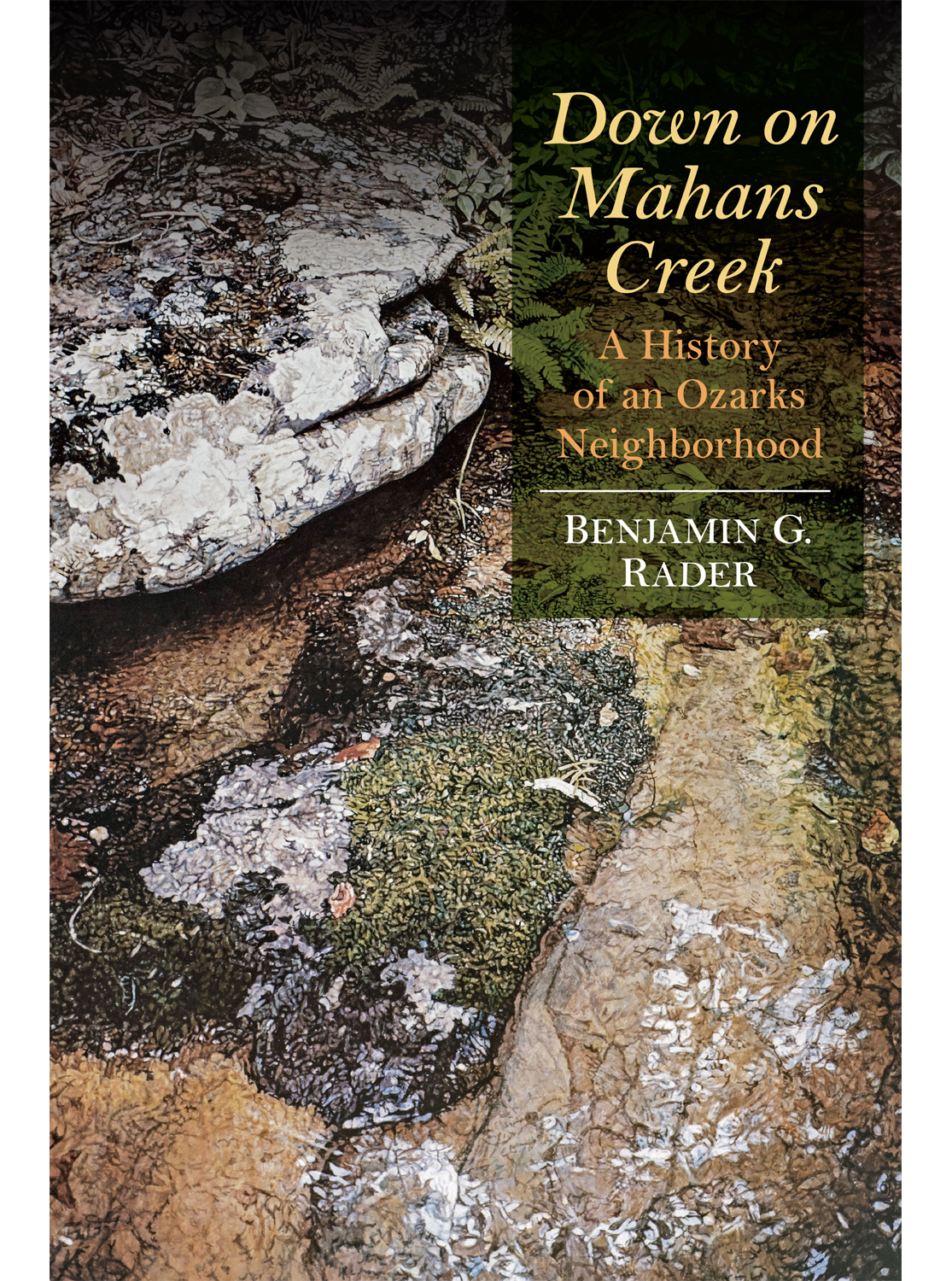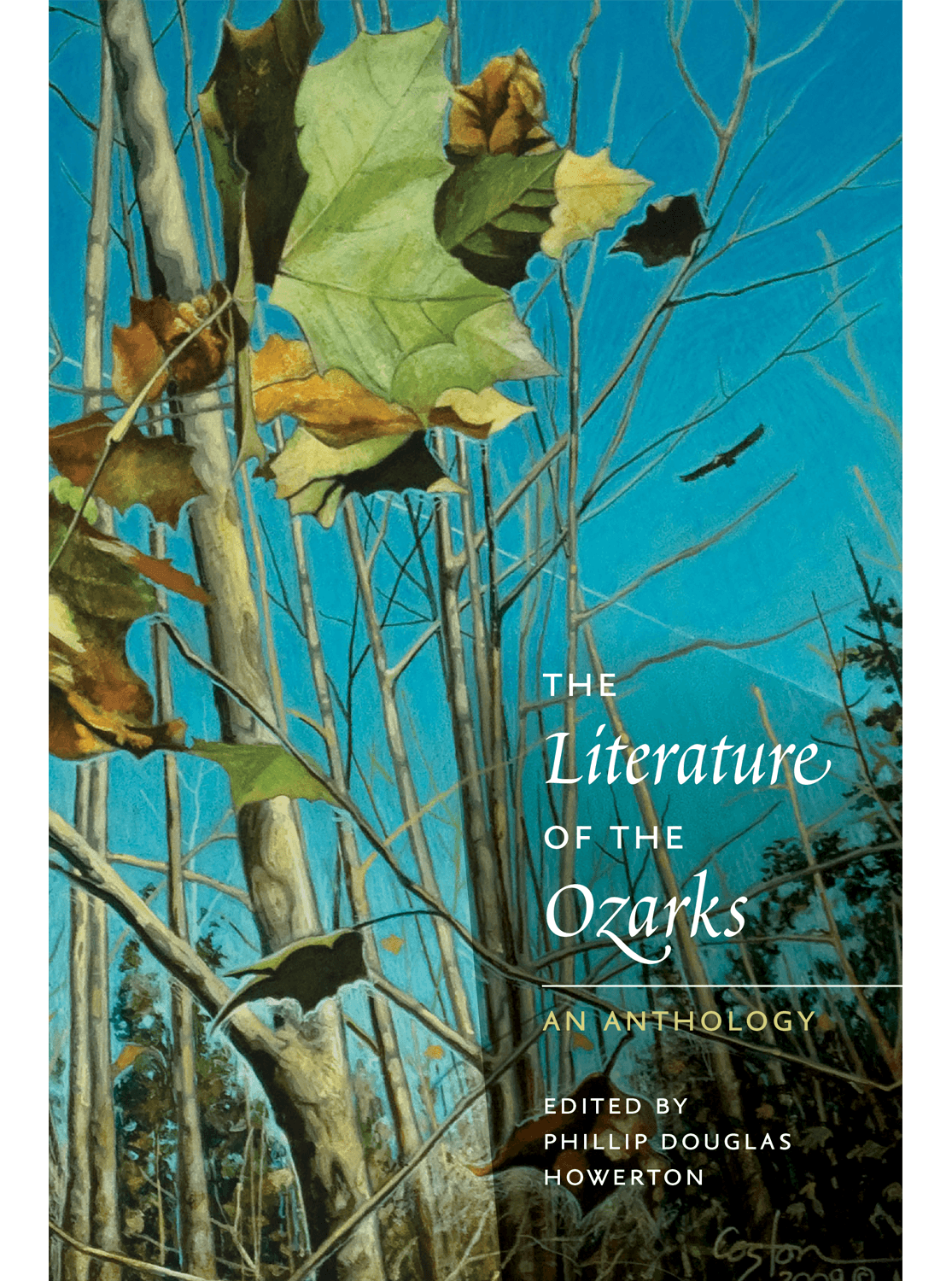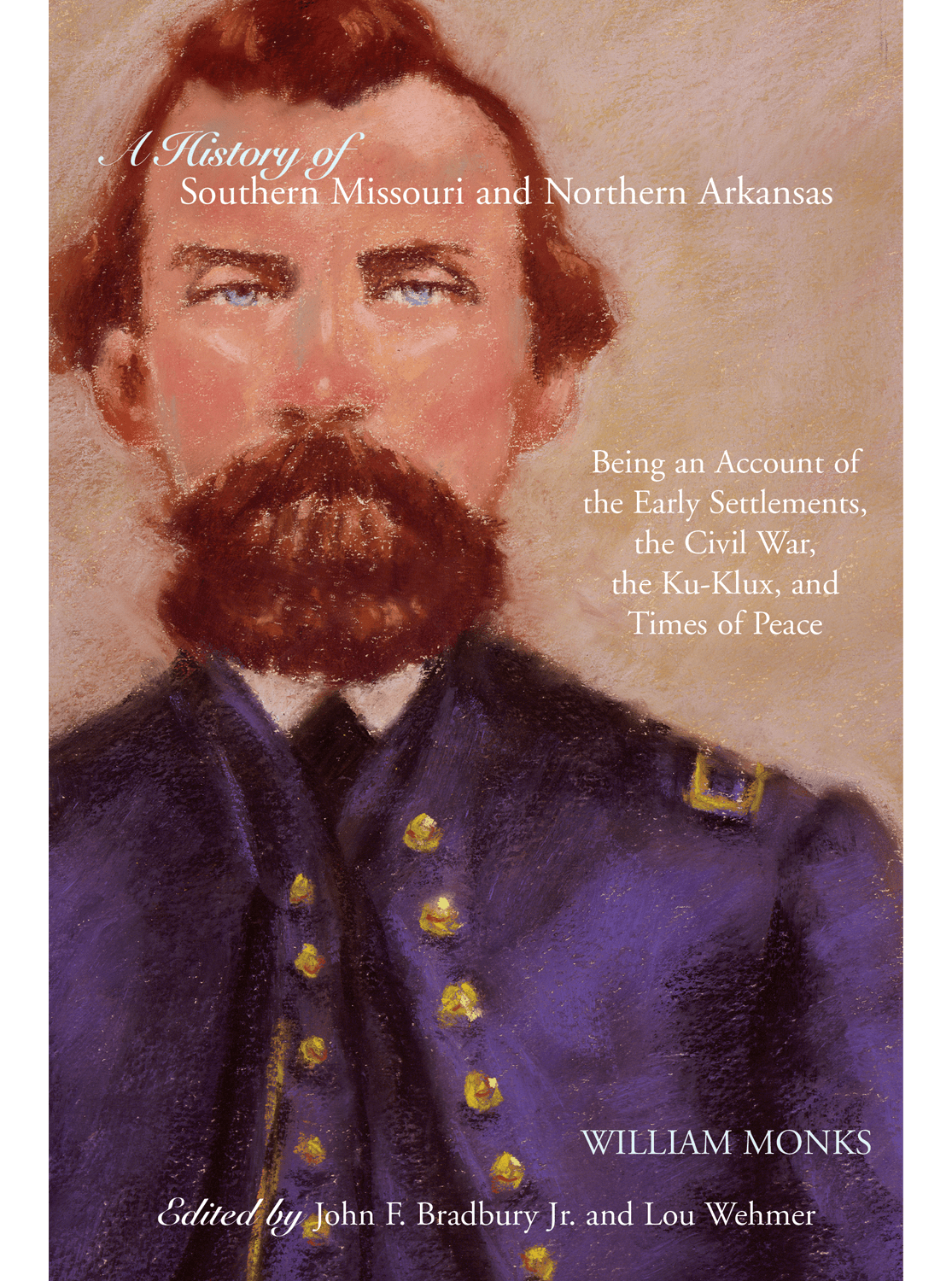63rd Annual Missouri Conference on History
30% Conference Discount
“A delightful literary frolic awaits the reader. Otto Rayburn declared that Ozarks ‘storytellers are born, not made.’ He wrote that his search for ‘true hillbillies’ took him from the ‘sublime to the ridiculous,’ but that only increased his love for the Ozarks.” —Lynn Morrow
“Unlike Vance Randolph and other contemporaries whose work is marked by rural romanticism, Barker offers an unvarnished account of life in the Ozarks through its unflinching depiction of rural poverty.” —Missouri Historical Review
“Does crucial work in bringing attention to a long-neglected but important aspect of southern Ozarks and Missouri history.” —Missouri Historical Review
“Setting his book in both Kentucky and Missouri, historian Rader recounts details such as the businesses, marriages, and military service of his extended family across generations. The book is well situated in the Ozarks studies series, where scholars looking for content about family relations and industry will enjoy the anecdotes.” —Choice
“Written in the laconic style of the backwoods raconteur, these tales delight, smell of wood smoke, and echo with the cries of woodland birds.”
—The Kansas City Star
—The Kansas City Star
“The first edition of The Ozarks: Land and Life was a landmark publication! This new—completely revised and updated—version should stand as the basic general reference for decades to come.”
—Lynn Morrow
—Lynn Morrow
“Deeply researched, skillfully compiled and deftly organized, and remarkably complete . . . authoritative.”
—Civil War Books and Authors
—Civil War Books and Authors
This volume, the ninth in the series, includes hundreds of photographs, many of them never before published. The authors provide text and commentary, organizing the photographs into chapters covering the origins of the war, its conventional and guerrilla phases, the war on the rivers, medicine, the experiences of Missourians who served out of state, and the process of reunion in the postwar years.
At the start of the Civil War, Dr. William McPheeters was a distinguished physician in St. Louis, conducting unprecedented public-health research, forging new medical standards, and organizing the state’s first professional associations. But Missouri was a volatile border state. Under martial law, Union authorities kept close watch on known Confederate sympathizers. McPheeters was followed, arrested, threatened, and finally, in 1862, given an ultimatum: sign an oath of allegiance to the Union or go to federal prison. McPheeters “acted from principle” instead, fleeing by night to Confederate territory.
“The book begins with a sentimental description of pioneering days of milk and honey in the 1840s and 1850s, but these saccharine remembrances are soon displaced by vignettes of violence . . . whiskey-fueled brawls . . . [and the] horrors of guerrilla warfare.”
—Journal of the West
“Historians have long questioned the veracity of Hildebrand’s tale. Ross’s editing of the controversial work is superb. His meticulous, exhaustive research provides a fascinating counterpoint, revealing Hildebrand’s errors, exaggerations, and outright lies.”
—Journal of Southern History














